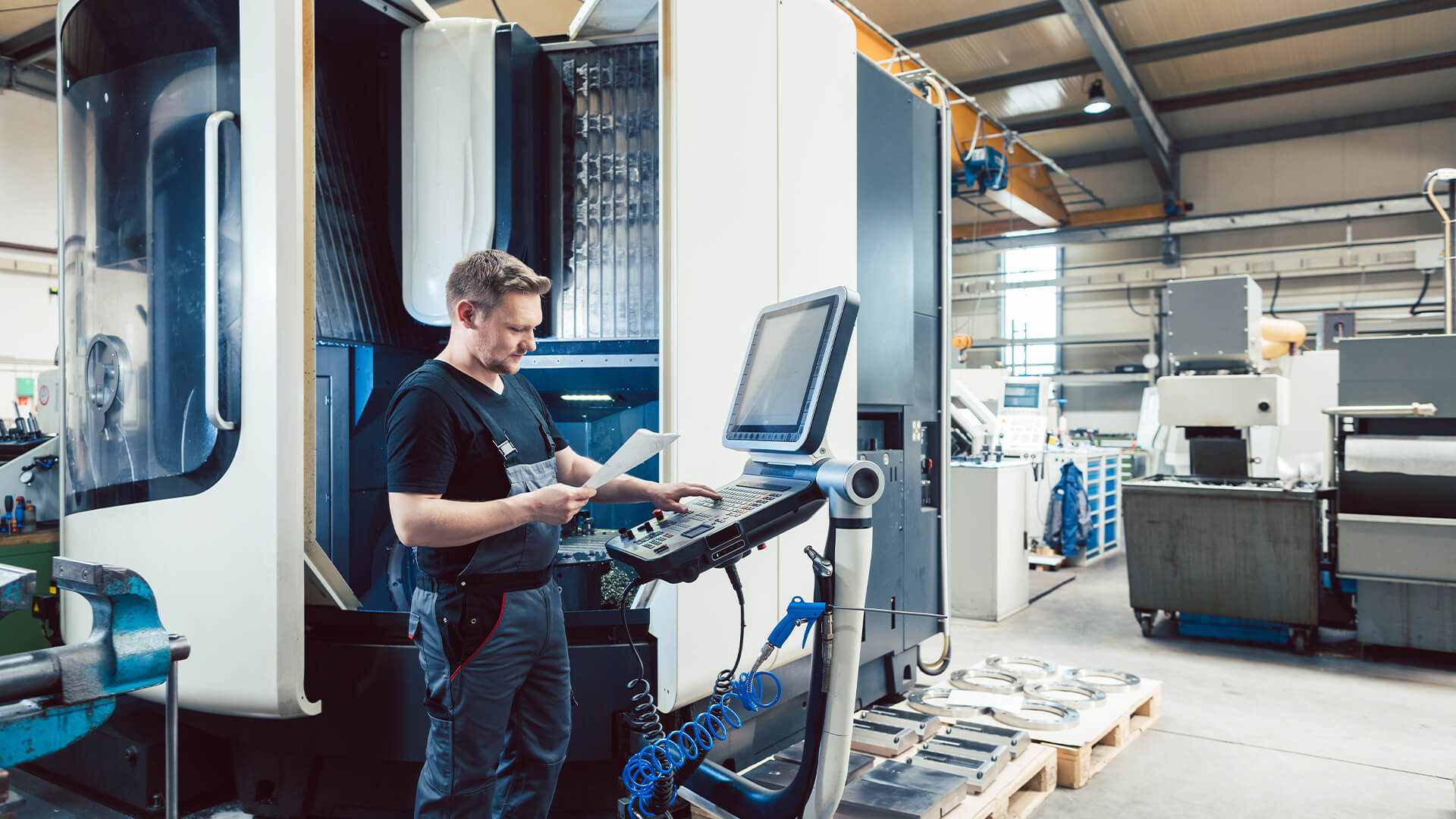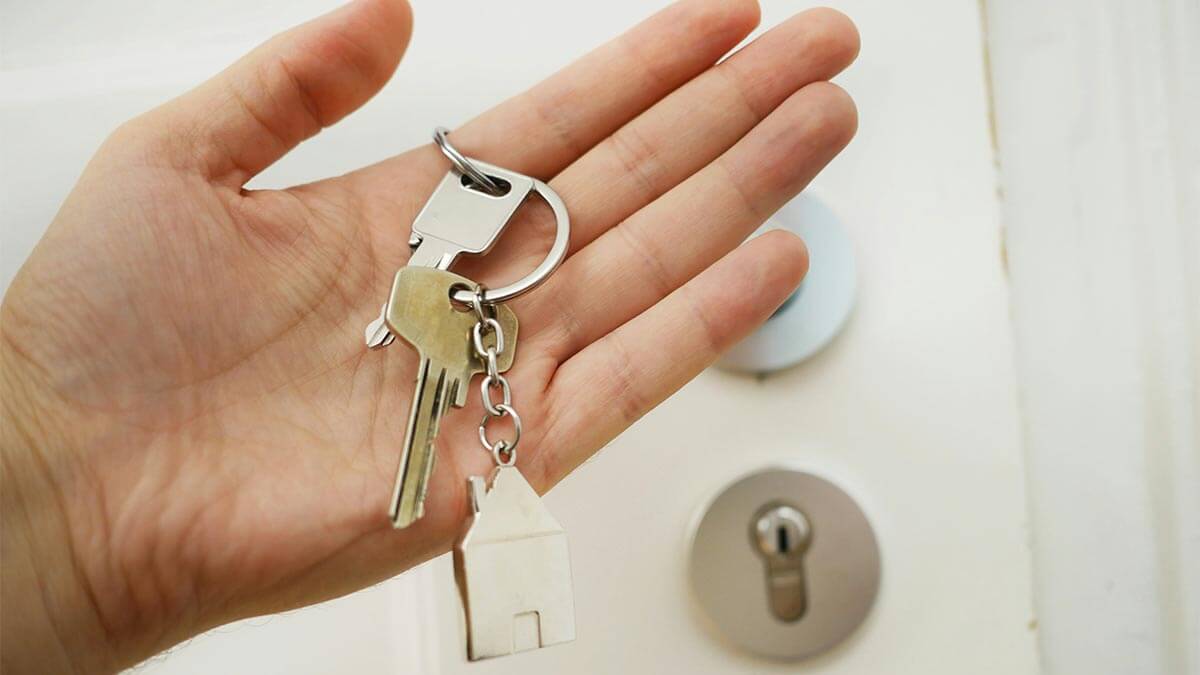CNC manufacturing was one of the most revolutionary developments of the 20th century. Even though the first precision machines were developed in the 1750s, bringing computer-guided machining processes into the modern era has helped improve productivity, efficiency, and accuracy in the manufacturing process. And so, it comes as no surprise that since then, people have been wondering whether CNC milling is the future of house construction.
If there is one area where CNC technology can have the most significant impact, it is the modular home industry. In a modular home, the individual parts of the house are built in a controlled environment using CNC technology and then shipped to the site where they are assembled. This approach has a number of advantages, including reduced construction time and improved quality control. The article below explores how CNC milling could be used in the construction of modular homes and the benefits that this would bring.
Increased Productivity and Efficiency
One of the most significant benefits of CNC milling is the increased productivity and efficiency that it can bring to the construction process. Modular homes are typically built in a factory environment, which means that the construction process can be carefully planned and monitored. This level of control is not possible on a construction site, where the weather and other factors can cause significant delays and disruptions.
Currently, modular homes are built by hand, which is a time-consuming and labor-intensive process. A CNC milling service can create the individual parts of the house much quicker, which can lead to a reduction in the overall construction time. In addition to that, CNC milling is a much more accurate process than traditional methods, which could lead to fewer mistakes and a higher quality final product.
Improved Build Quality
One of the reasons why factory-built homes have a reputation for being of not as good quality as site-built homes are because of the inconsistent nature of the construction process. Currently, the most common materials used in the construction of modular homes are wood and steel. These materials can be cut and shaped with ease, which gives the construction process a great deal of flexibility. However, this also means that there is potential for errors to be made during the construction process.
CNC milling would help to improve the quality of modular homes by providing a more consistent construction process. The individual parts of the house would be cut to precise dimensions using computer-guided machines, which should eliminate the potential for human error. Furthermore, CNC milling would allow for a much higher level of customization than is possible with traditional methods. This means that each home could be designed specifically to meet the needs of the customer, for example by milling extra spots required for the installation of a door access control system.
Promoting Sustainability
With higher precision and digitally optimized projects, CNC milling machines can minimize waste in the construction process. In other words, CNC milling helps to create parts that are the perfect size and shape for their intended purpose. This means that there is less waste material produced during the construction process, which is good news for the environment.
In addition, CNC milling can help to promote sustainability in other ways. For example, the use of recycled materials is much easier with CNC milling than with traditional methods. This is because CNC machines can be programmed to work with any material, as long as it fulfills the required dimensions and rigidity. As a result, modular homes built using CNC milling could be made completely from recycled materials if required.
Enhanced Aesthetics
One of the main criticisms of modular homes is that they often look cookie-cutter and lack the character of site-built homes. This view has its roots in the fact that modular homes are typically built to differ in superficial ways. However, this criticism is no longer valid thanks to the introduction of CNC milling into the construction process.
CNC milling allows for a much higher level of customization than traditional methods, which means that modular homes can be made to look the way the customer wants them to. Moreover, the same production line can be used to create a variety of different designs.
On top of that, CNC milling can be used to create patterns and shapes that would not be possible to create using traditional methods. This means that modular homes built using CNC technology are no longer limited by the same aesthetic constraints as their predecessors.
More Complex Designs
CNC machines can be programmed to create parts with a high degree of complexity, with the only limit being the imagination of the designer. Nowadays, even the houses built using conventional methods are tested for their resistance and load-bearing capacity with the help of computers. That technology allows the architects and engineers to build homes that were not possible to build before.
This means that complex projects, such as One-North Eden, Singapore, can now be completed using modular elements created en masse in a factory. Milling optimized structures in a CNC machine could also enable the construction of homes with intricate designs, such as sculpted facades or curved roofs, with rigidness and stability comparable to those of traditional homes.
Lower Costs
Automated CNC milling of modular house components could also lead to a reduction in the overall cost of construction, and with that, housing prices. The demand for inexpensive and reliable housing solutions increases, especially in developing countries. CNC modular house milling can be a viable solution to meet that demand.
More Jobs
Additionally, the use of CNC milling in the construction of modular homes would also help to create jobs for skilled workers. Manufacturing sets in the factory would require the expertise of CNC programmers and operators. Assembling such sets still requires the on-site work of construction workers, electricians, plumbers, and so on. However, these positions would not be as physically demanding as they are now.
Final Thoughts
To sum up, CNC milling is a technology with the potential to revolutionize the construction industry. Its advantages in terms of productivity, efficiency, build quality, and sustainability make it the perfect candidate for use in the construction of modular homes. In addition, the increased level of customization and complexity that CNC milling allows for would open up new possibilities in home design. All in all, the future of modular homes looks bright, and CNC milling is likely to play a big role in their continued development.































